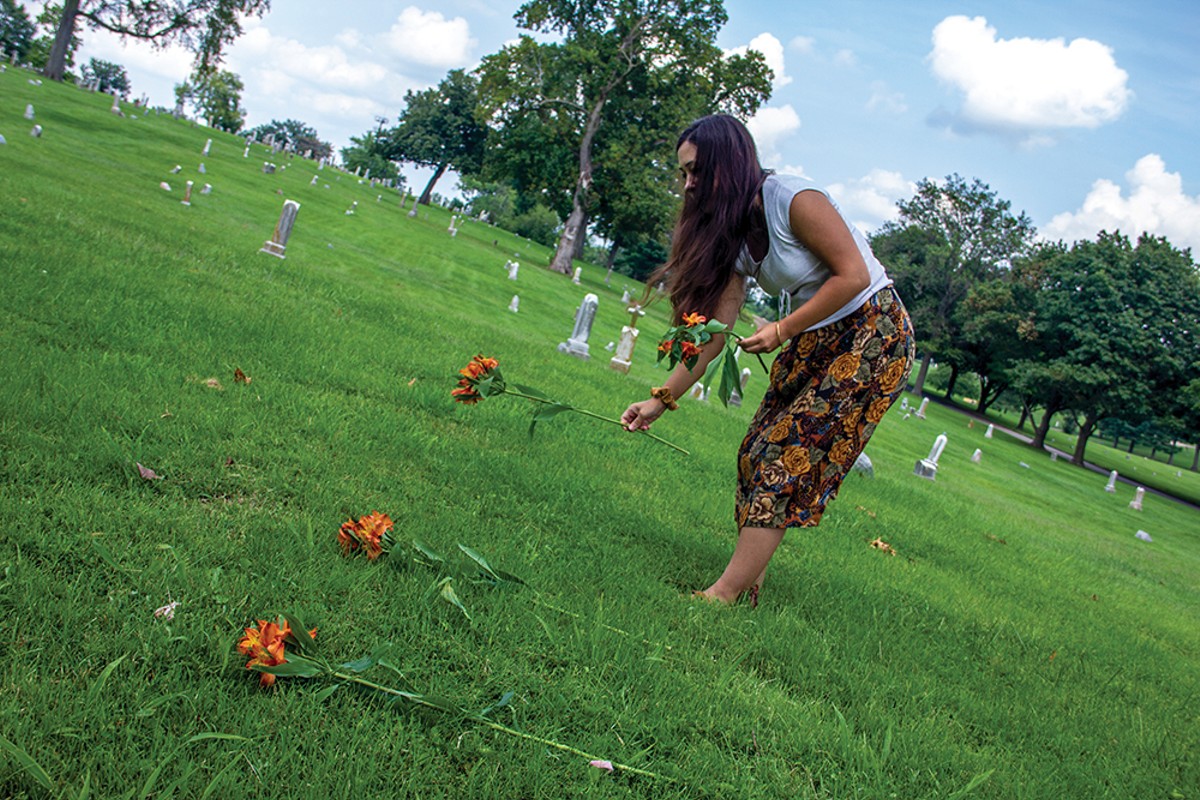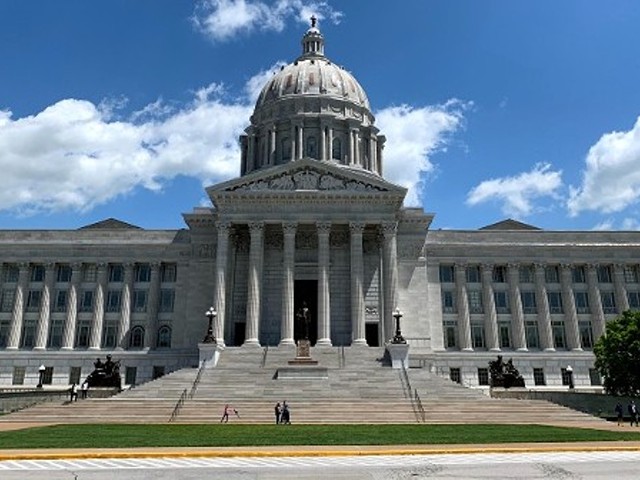In April, St. Louis artist and researcher Janna Añonuevo Langholz began walking the paths of Calvary Cemetery, looking for headstones. She searched section by section, hoping to see the names of four men and a woman, the oldest 43, the youngest sixteen: Ibay, Falayay, Basilio, Maliquido and Dadao.
Two of them had died of pneumonia in late March 1904, just days after disembarking from an unheated train car that had carried them from Seattle. They were far from their homes in the Philippine islands, and they had spent weeks crossing the globe, covering thousands of miles, only to die in St. Louis less than a month before the opening day of the World's Fair.
The other three had died later that same summer, also from pneumonia. They were among the roughly 1,200 arrivals from the Philippines in the lead-up to the fair, where they were to populate the so-called Philippine Village. Arranged like a theme-park attraction over 47 acres and filled with imported people from four indigenous tribes, the village was a lavishly appointed human zoo — or, an "ethnographic exhibition," as the organizers called it.
Constructed at a cost of $1.5 million (the equivalent of some $46 million in 2021), the exhibit featured neighborhoods separated by tribe, furnished with huts built of bamboo and palm leaves by Filipino workers. Among the dozens of structures were a hospital, a schoolhouse, rice fields and a Spanish fortress built from the ground up to replicate the city of Manila.
All had been arranged for the pleasure of white patrons, who paid a 25-cent fee for the privilege of gawking at what was advertised as a "primitive" civilization in its supposedly "natural state."
When those being exhibited died of disease, crowds of World's Fair attendees gathered to watch the mourning rituals. Their misery became just another part of the spectacle.
The five buried in Calvary are far from the only tribal members from the Philippines to die in St. Louis that year, but, more than a century later, Langholz is reviving their legacies and pushing for a long-neglected reckoning with the past. Using newspaper archives and burial records, she's documented the lives of nearly 200 Philippine Village residents and at least sixteen deaths.
Her effort began when she first read about the deaths of Falayay and Ibay in newspaper accounts from March 28, 1904. The coverage named the burial sites as Calvary Cemetery.
"All I knew was that they were at Calvary," Langholz says now. "I had decided, 'I'm going to look at every single gravestone until I find them.'"
Eventually, in a way, she did.
On a recent Friday, Langholz drives through the wide entrance of Calvary. As she navigates, she watches closely for the lot numbers. There are some 300,000 people buried in the cemetery, with the oldest remains dating to the 1860s. She takes her first left, passing a group of turkeys picking their way through a grassy field of obelisks and gray stone mausoleums.
A few minutes later, Langholz parks on the side of a sloping hill scattered with worn gravestones. From her car's trunk she retrieves a bouquet of five orange-petaled flowers. She walks across the grass to a spot about 30 feet from the road and stops.
She's come to a patch of grass isolated from the nearby gravestones. It's unadorned but for the signs of a recent mowing. One by one, she places the five flowers in a row on the ground.
"I just think about how they came to be here," she'll say later, describing her thoughts as she marked the unmarked graves. "It's really just heartbreaking for me. They had no idea that this would be where they were going to end up for the rest of time."






